DEDICATED AND TALENTED ENVIRONMENTAL RESTORATION TEAM TACKLES TECHNICALLY CHALLENGING TASK OF REMOVING JAPANESE ANGELICA TREE.
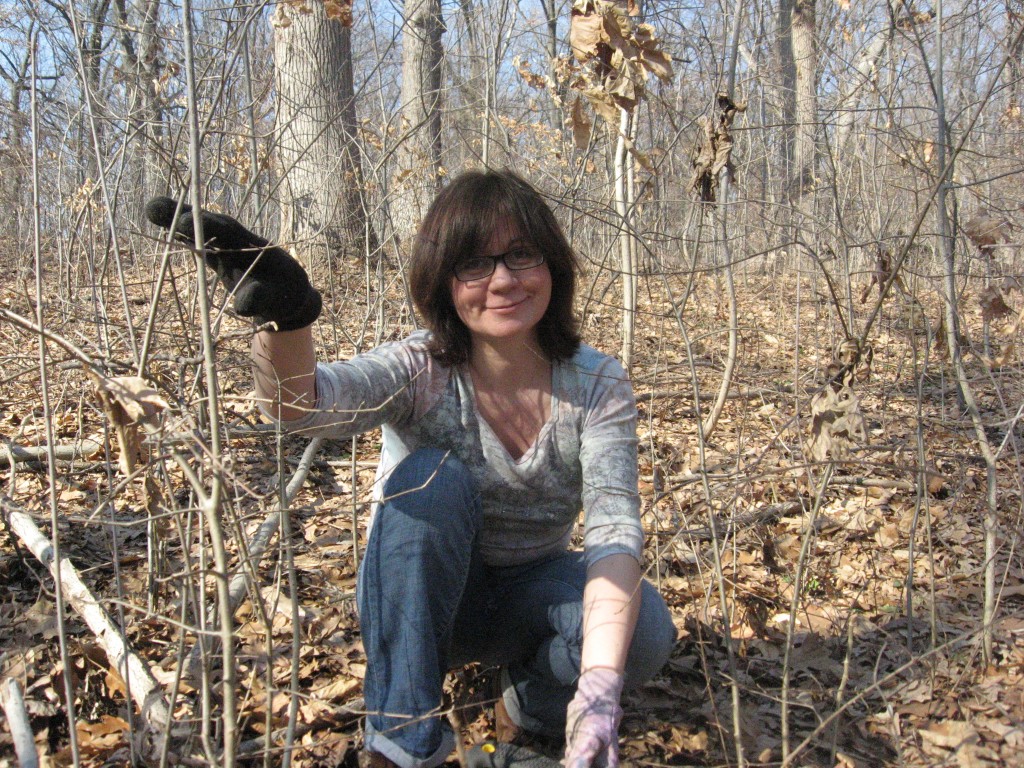
In partnership with Fairmount Park Environment and Stewardship Division (Philadelphia Parks & Recreation), The Sanguine Root staff and community volunteers focused on removing a significant and problematic population of Aralia elata from Morris Park.
See February 17th’s post for more information on the Aralia elata invasion problem in the park.
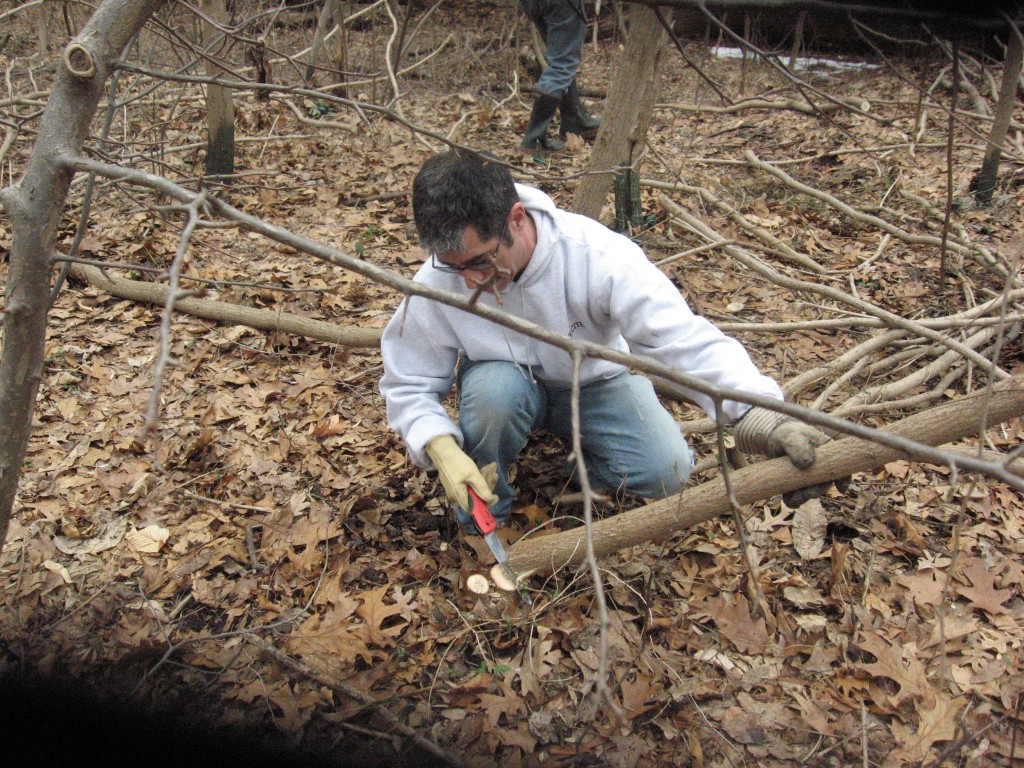
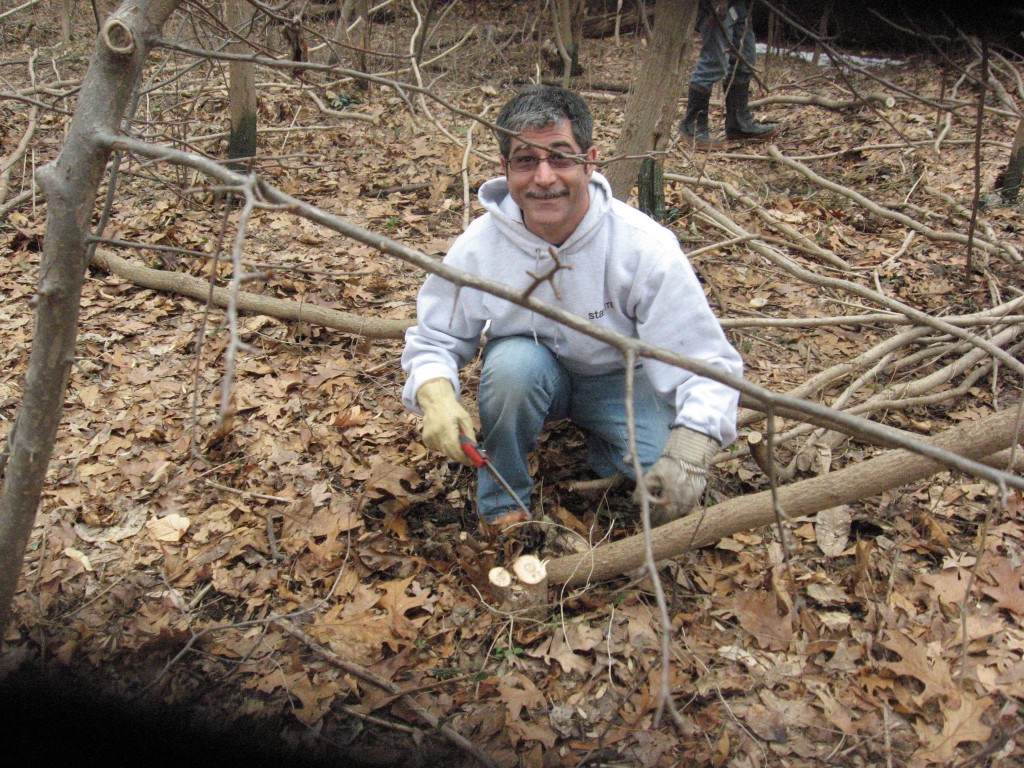
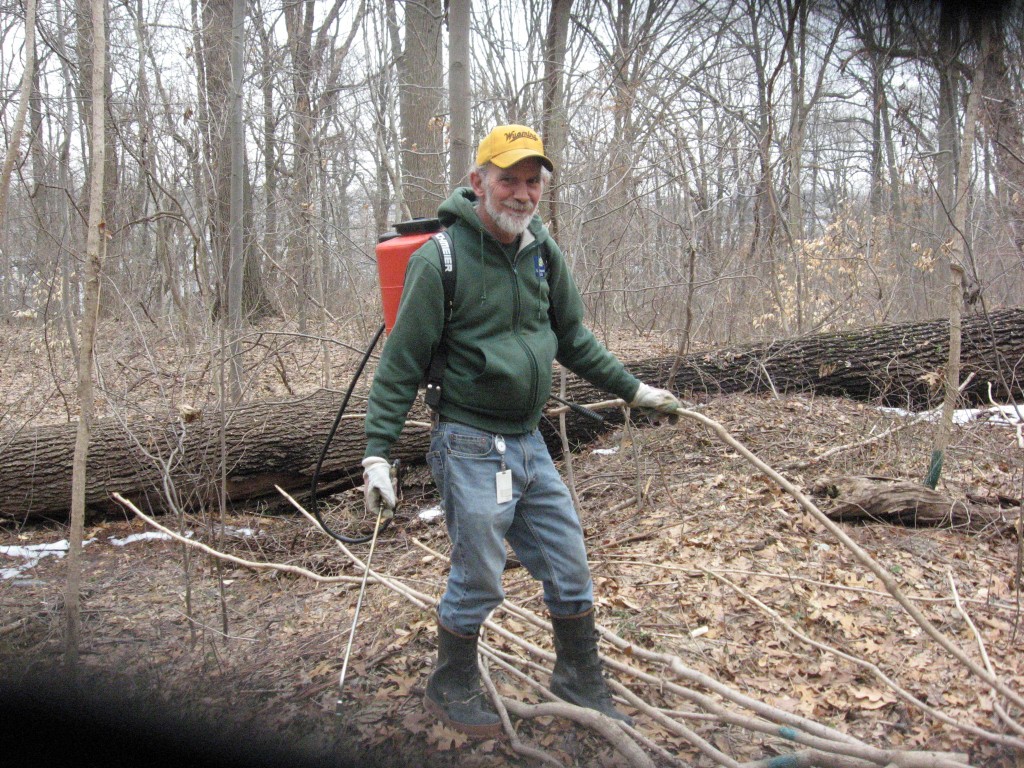
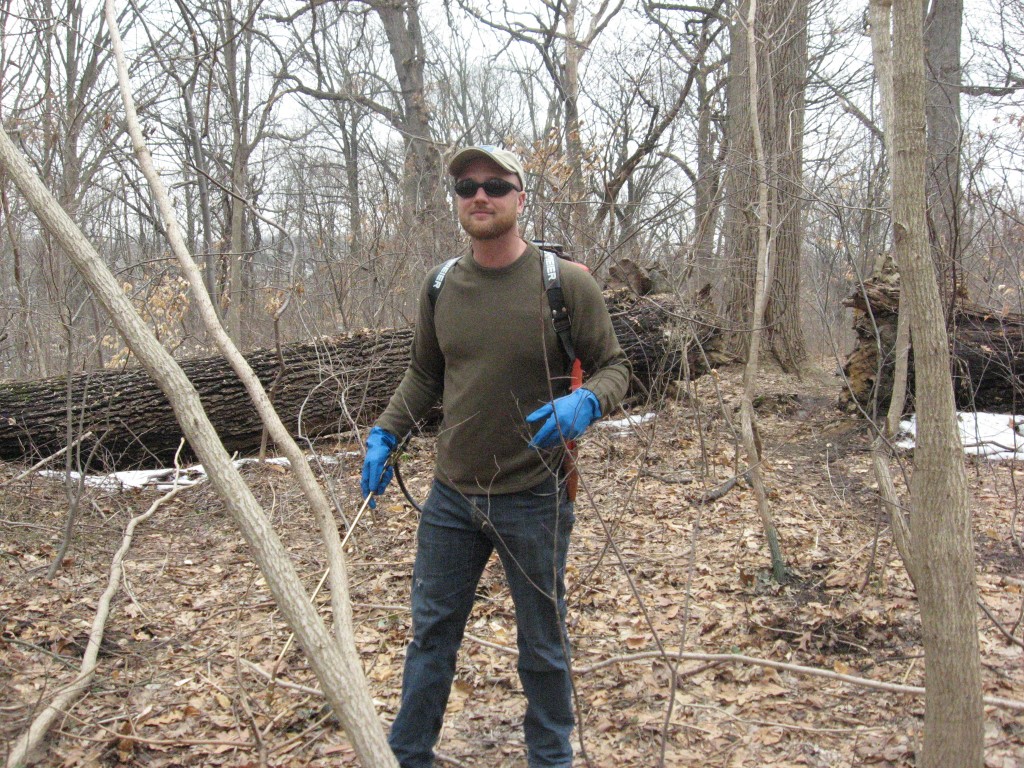
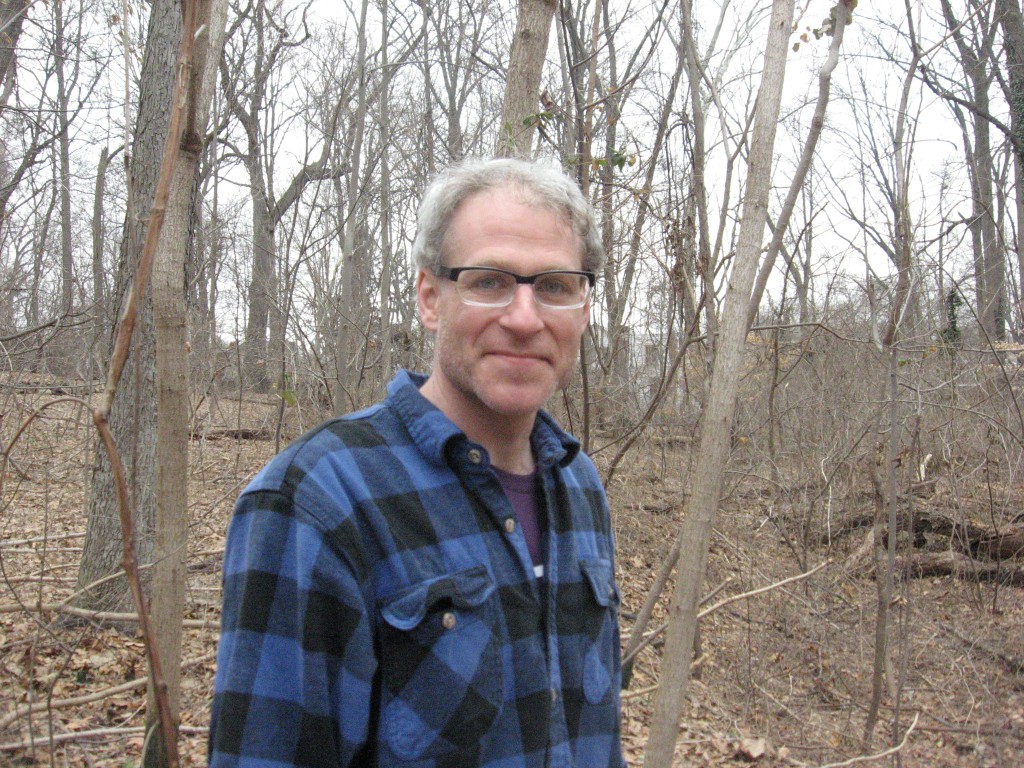
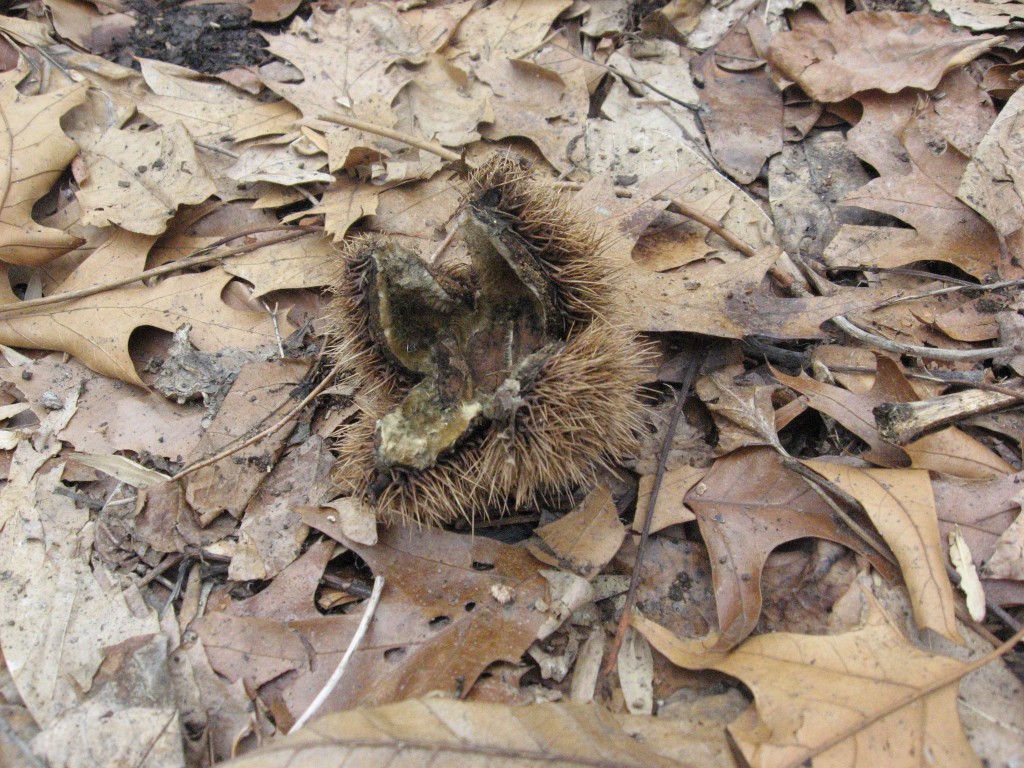
The Herbicide used is Garlon 4 ‘ultra’ dyed blue to prevent redundant applications.
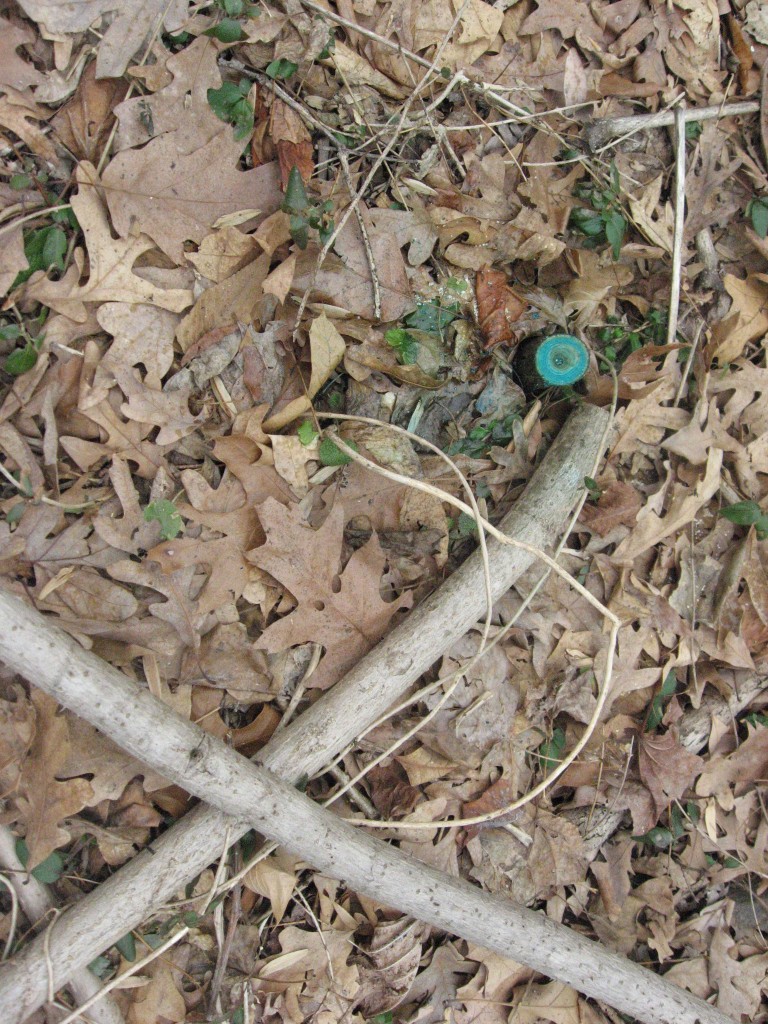
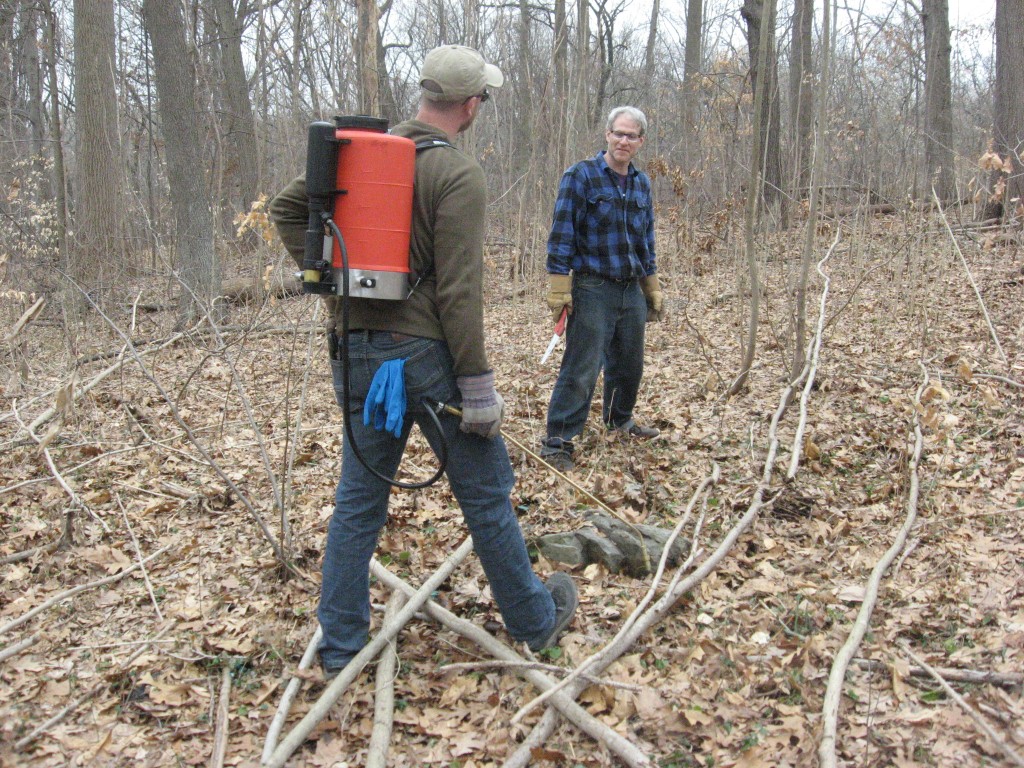
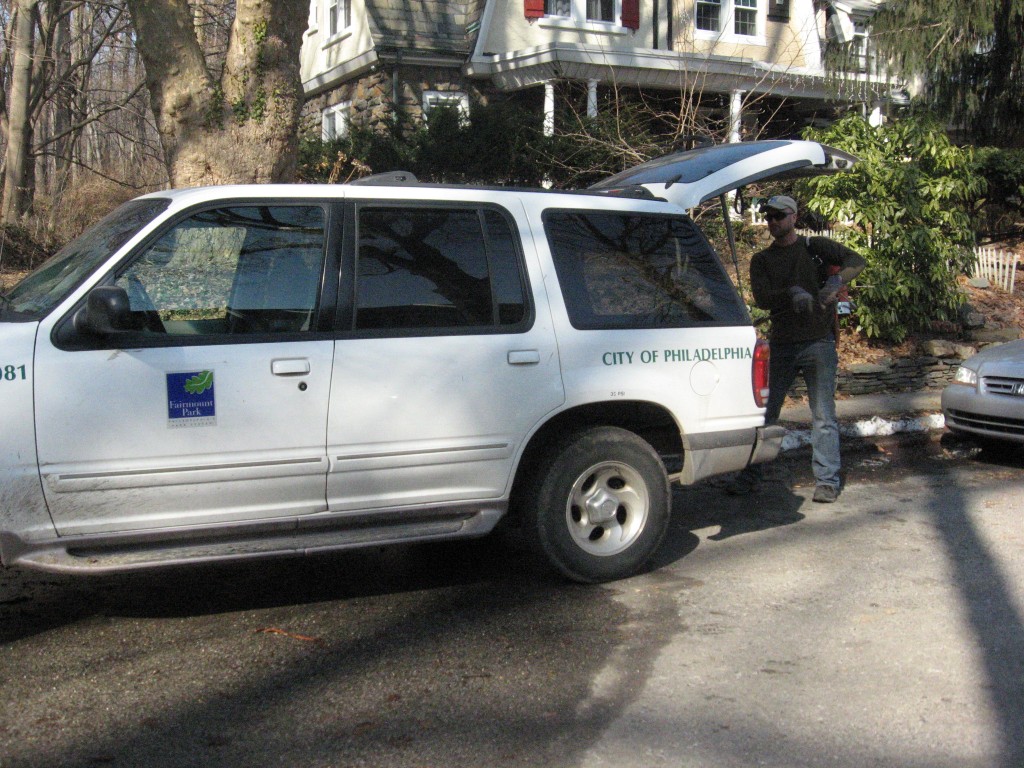

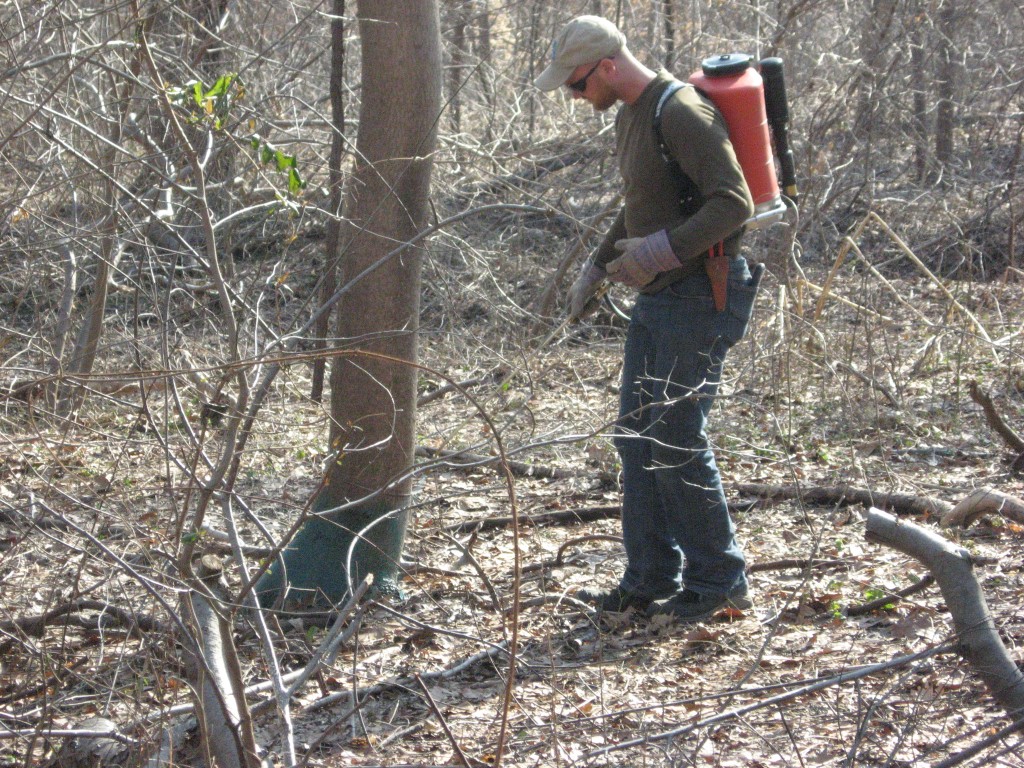
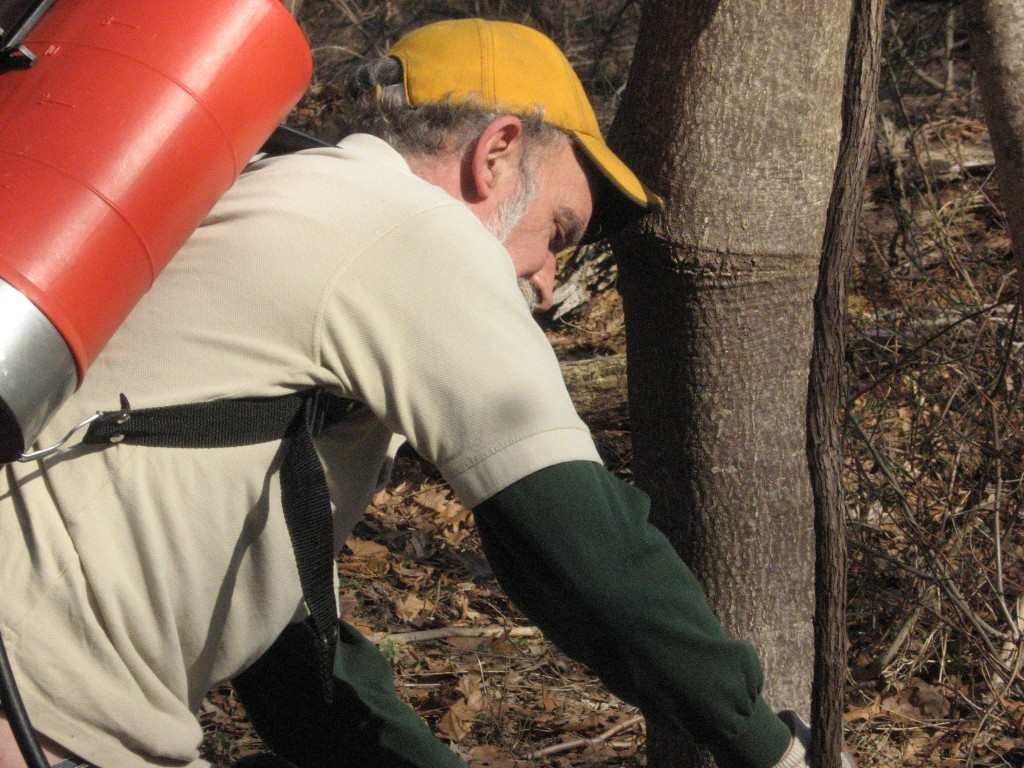
Ten Ailanthus trees (Ailanthus altissima) were also addressed. These trees were throwing out thousands of seeds every year creating a huge problem of seedlings that constantly had to be pulled and the threat of a more serious infestation.This is the tree often found growing out the sides of buildings, in sidewalk cracks, vacant lots and back alleys. The amount of property damage it has done is astounding, and it has the potential to destroy the entire built city in a matter of a few years if left alone. In a forest setting it will crowd out native species and create a monoculture of trees. Â This menacing invasive was introduced as an ornamental in 1784. Â It has a distinguishing foul odor when the plant is disturbed. Â We are very happy that our Department of Parks and Recreation technicians were able to apply basal bark herbicide to the trees.
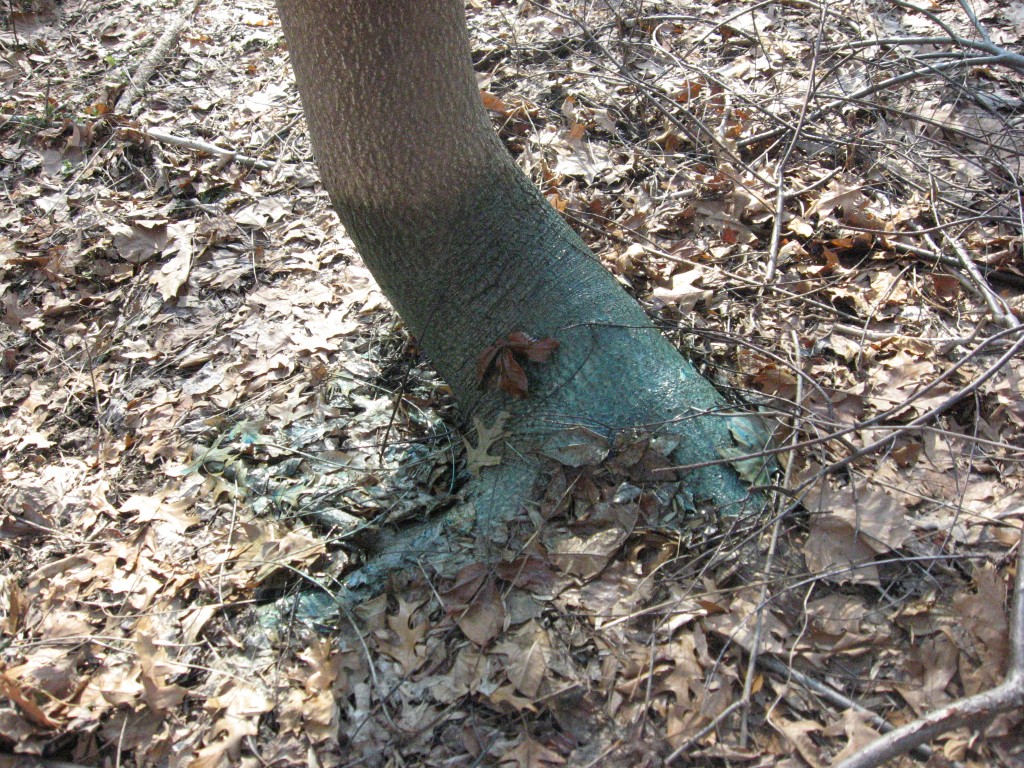
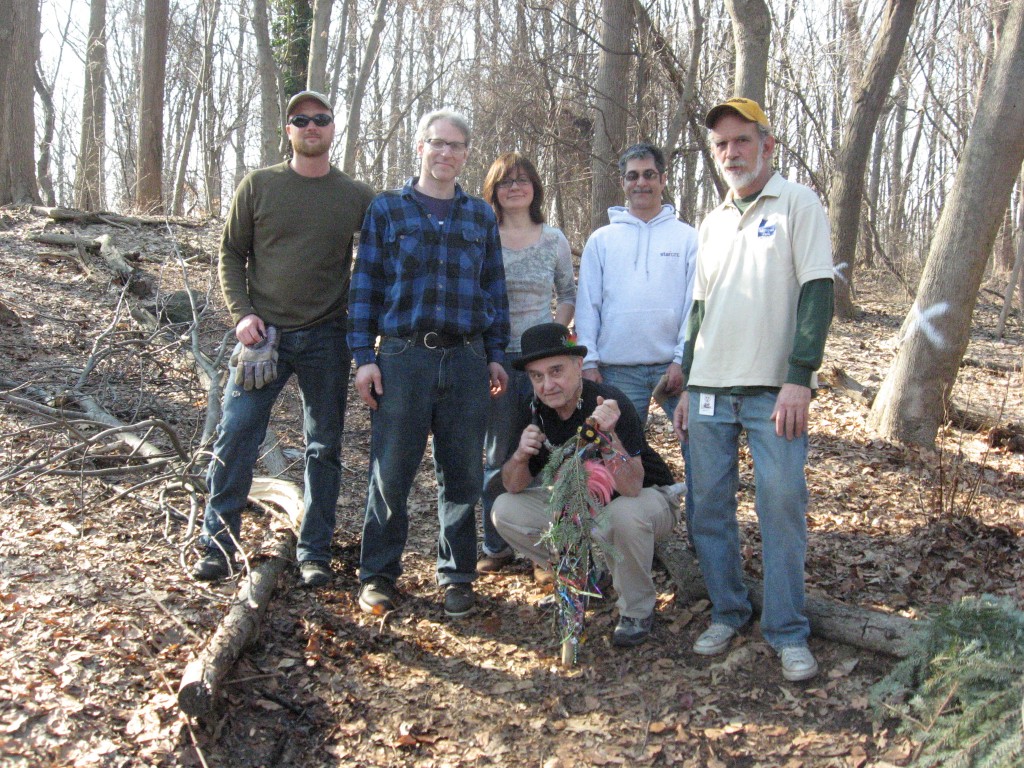
Thanks again to our great crew: From Left to right, Luke Rhodes, Sean Solomon, Isabelle Dijols, Scott Umlauf, Thomas Dougherty, and Jacob Russell



If it’s of any interest, the Japanese used to craft small artificial flowers from the pith of Aralia elata. When dropped in sake, they absorbed water and expanded charmingly.
You will want to get some feedback from the trees as to the effectiveness of your herbicide bark application. During winter dormancy, chemical action is probably very slow. I suggest you carry a pocketful of roofing nails (wide, visible head), and pound one into each tree you’ve sprayed, or a sufficient quantity to be comfortable that you’re establishing an effective monitoring base. This is to let you know which trees have been sprayed, as they dye will fade faster than you’re ready for it to be gone. If you see a tree sprouting happily in late spring with vigorous growth, and you see the nail, you know the treatment is not being effective. Of course that guy from the fairy tale that put ribbons on all the trees might just come along and put nails in all the trunks…
This suggestion is from my own experience with Garlon 4 Ultra, where the dye faded, and I can’t tell which stumps I was hoping to see re-growth and which I was hoping would die.
Thanks for the feedback, Mark. So far every tree cut was sprayed, so it will make it pretty straightforward to monitor.
Cut stumps are clear for you as you spray them 100%. It’s the ones you didn’t cut which will be problematic when the dye fades away…”was this trunk sprayed or not?”
A team working together to preserve urban woods – I don’t think it gets much better than that!!!
Thank you Maureen! We had a blast working as a team and with Fairmount Park. Next time you are in Philly, we can show you our work.